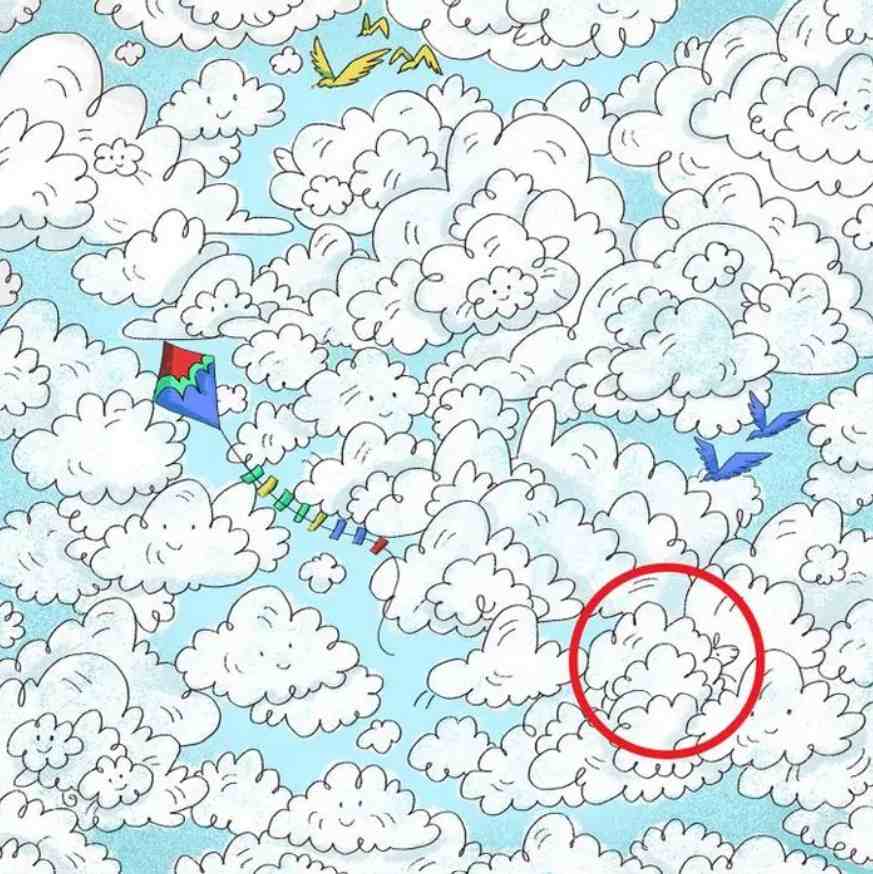Our brains perceive optical illusions as visual phenomena that diverge from reality: they can deceive us into negating the existence of certain things, or manipulate our eyes into perceiving nonexistent objects.
Ancient people alluded to these optical illusions as witchcraft, demons, or evil spirits; our brains, later discovered by scientists, engage in trickery due to diverse perceptions.
Artists often craft optical illusion pictures from elementary shapes: triangles, circles, squares and rectangles. By orchestrating these elements in diverse configurations, they engender a deceptive illusion.
Are you prepared for an intellectually rigorous challenge that will potentially shatter your perceptions and expand your mind? Our objective is to spot the hidden or missed objects; let’s begin.
Only keen observers can find the missing girl in the woods within 4 seconds.
Spot the sheep in 9 seconds

Source: Tediado
You can see the sky full of clouds in this optical illusion picture. There is a sheep hidden in this optical illusion. This challenge is only meant for geniuses with good observation skills. Let’s test it and see if you can spot it.
The challenge for you is to try and find the sheep in 9 seconds or less.
Are you ready for the challenge to begin?
Here we go. Your time starts now!
All the best.
Did you spot the sheep?
The time limit is about to lapse.
Have you found the hidden clouds yet? The clock’s ticking. Hurry up.
The countdown is about to begin.
3…
2…
And 1
Time’s up, people. Were you able to spot the perfectly hidden sheep?
If your answer is yes, congratulations! You have great observation skills. Scroll down below to see the solution to this optical illusion.
Optical Illusion Solution

Source: Tediado
We hope that you had fun solving this optical illusion challenge.
Only keen observers can spot the goat on the mountain in 9 seconds!
Only 1 out of 9 can spot the enemy hidden on the island within 6 seconds.
You have hawk-like eyes if you can find the dancer's tambourine in 6 seconds.
Comments
All Comments (0)
Join the conversation